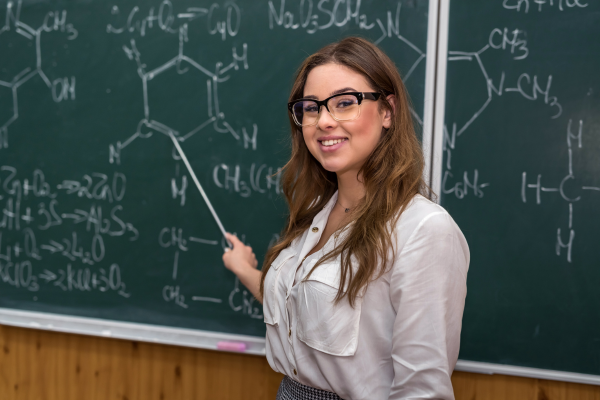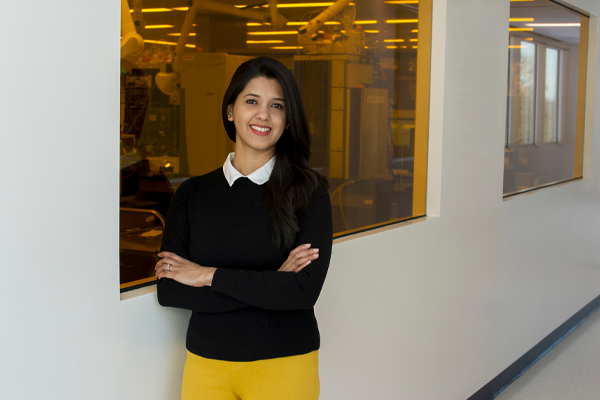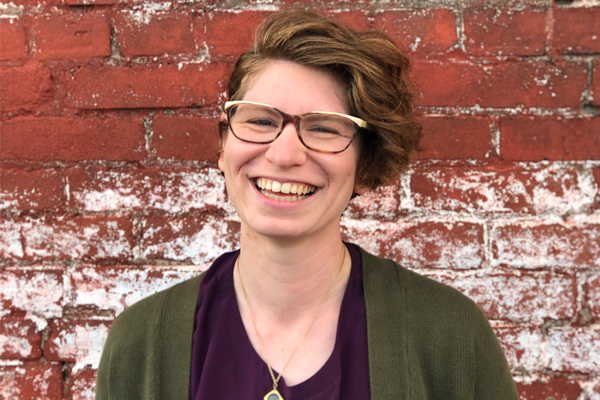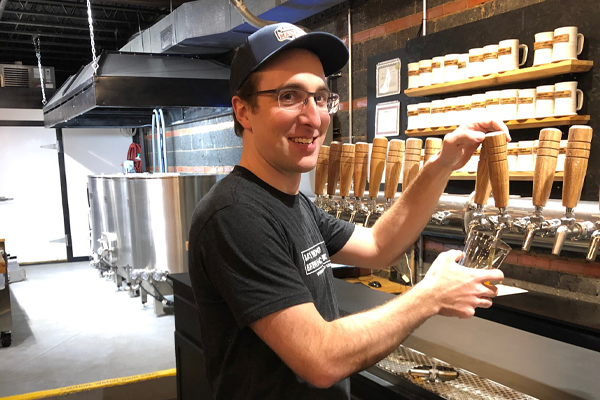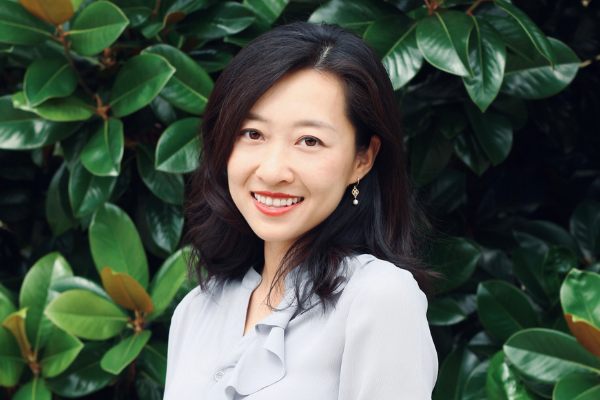By: Neil Savage, special to C&EN
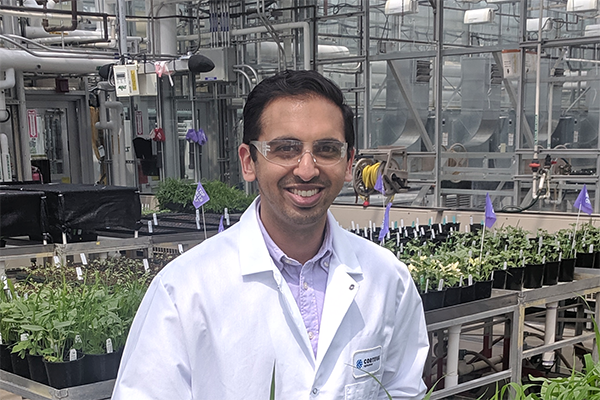
Tejas Shah remembers the date clearly: June 16, 2010. That was the day he and his colleagues submitted the first paper that included his name as a coauthor. The paper, published a few months later in the Journal of the American Chemical Society, was about combining nucleophilic and hydrogen-bonding catalysis to get a better reaction.
At the time, Shah, an undergraduate at Rutgers University, in New Jersey, was already filling out applications to medical school, but he’d taken a position as an undergraduate research assistant in a chemistry lab to get a more well-rounded education. “I was not going to do chemistry,” he says. “The research experience in that lab changed my life path.”
He graduated the next year with degrees in chemistry and molecular biology and biochemistry, then earned a PhD in chemistry at the University of California, Los Angeles. While there, he helped his professor, Neil Garg, develop a series of tutorials to introduce organic chemistry to life sciences students. Dubbed Biology and Chemistry Online Notes (BACON), the tutorials use pop culture references to show the real-life relevance of organic chemistry.
Shah took a job as a researcher with Dow AgroSciences, which has since become Corteva Agriscience, in Indianapolis. There, he helps develop new crop-protection chemicals—herbicides, fungicides, and the like, though he prefers to think of them as small-molecule drugs for plants.
The challenges are many. Any weed or disease is always evolving resistance to substances that target it. ”There’s always a need for a new mode of action or a new molecule,” Shah says. Researchers also try to tweak the molecular structures of the chemicals they create—or derive from nature—to make them more specific to their targets. They test the chemicals to make sure they or their breakdown products aren’t harmful to humans, soil, or other parts of the ecosystem. And they have to figure out how their products can be made economically on a scale of metric tons. “We have to provide a green and sustainable manufacturing route for all these materials,” Shah says.
Who’s your mentor?
Corteva herbicide chemistry leader Joshua Roth and my professor, Neil Garg.
What paper are you most proud of?
“Expanding the Strained Alkyne Toolbox: Generation and Utility of Oxygen-Containing Strained Alkynes” (J. Am. Chem. Soc. 2016, DOI: 10.1021/jacs.6b01986).
What’s in your lab coat pocket?
Pens and a cheat sheet on the species and genus of different weeds and crops.
Do you have a favorite crop?
Wheat.
What’s the most important product you’ve worked on?
BACON is one of the most important things I’ve worked on. I’ve not made a product yet here.
What can’t you live without in the lab?
Music. Anything that has a beat to it. Anything that keeps me moving.
What problem keeps you up at night?
Coming up with new ways to look at data and processes that can be automated.
What is the best advice you’ve received?
“Be humble in everything you do.” That’s something I learned from my graphic design teacher in high school.
Who’s your science hero?
Madame Curie.
What’s your most recent experiment?
Using one-electron chemistry, combining radicals to do ring closing.
What are your hobbies?
Traveling, mixing music, and coding.
What’s your favorite beer?
Taxman Brewing Company’s Deduction.

Neil Savage is a freelance contributor to Chemical & Engineering News, the newsmagazine of the American Chemical Society. This interview was edited for length and clarity.

